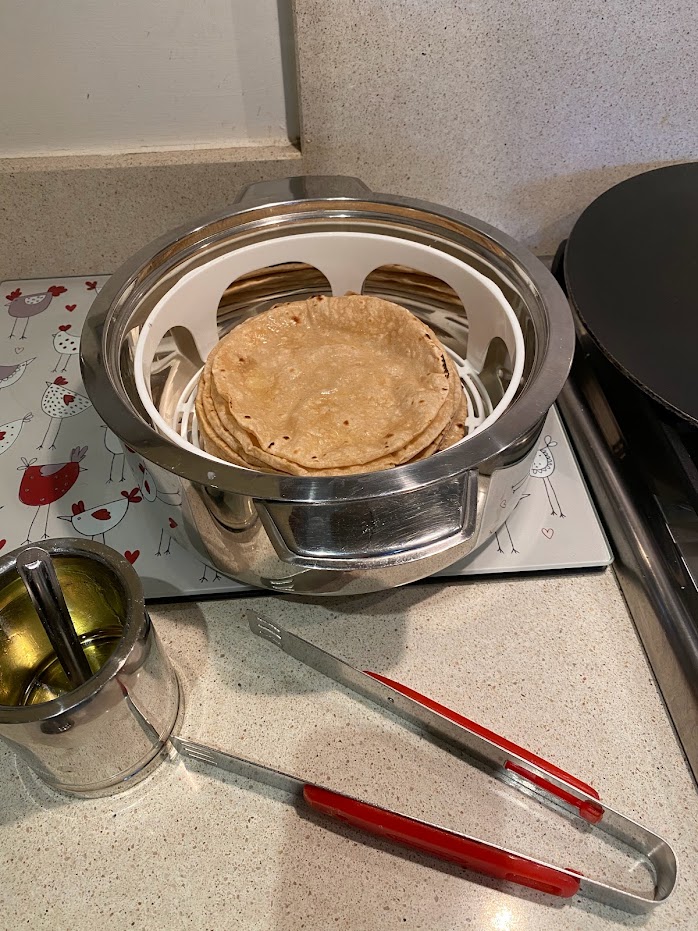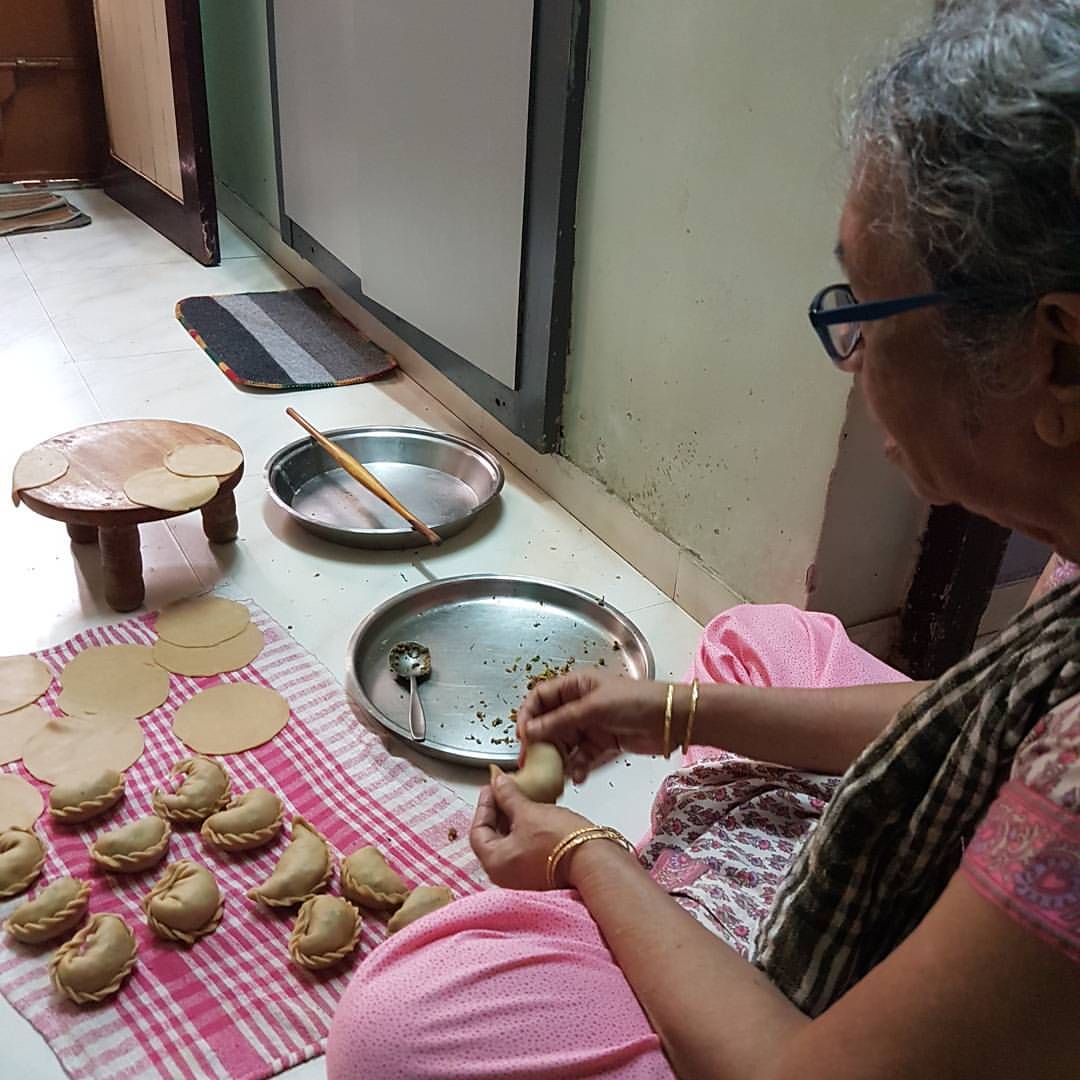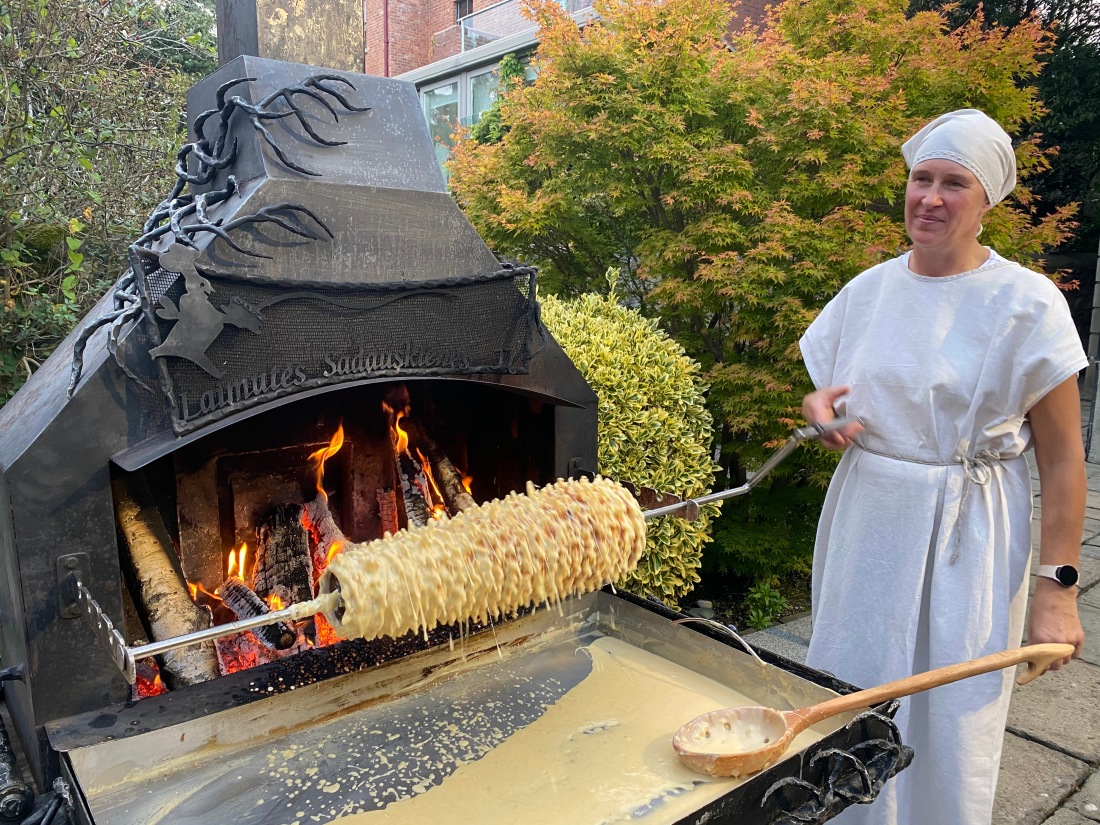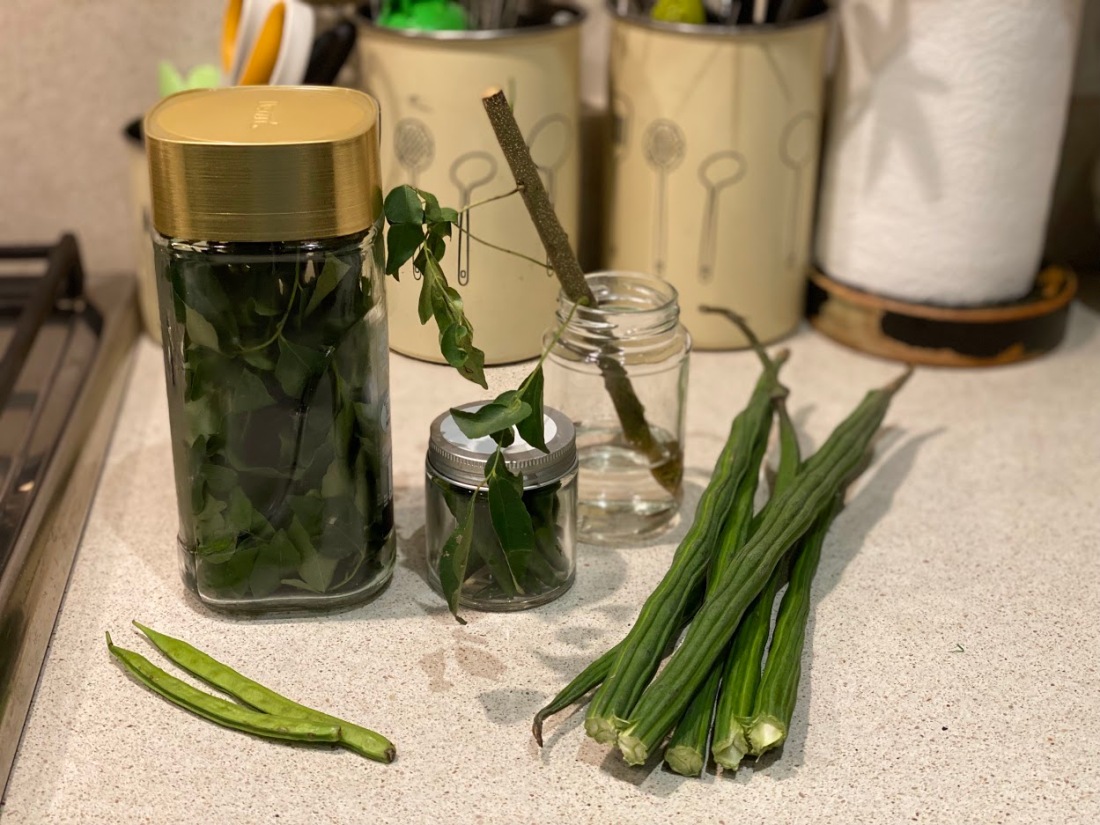On the Gujarati New Year or Bestu Varash as it is called, I admired the stack of neatly piled Gujarati rotlis in the rotli container, known as 'garmu' in Gujarati. They were evenly rolled out, lightly dotted after being carefully roasted for (some seconds on the fire), almost all of them had puffed up, and … Continue reading The Gujarati phulka-rotli – a taste of heaven…
Category: Food
Diwali customs – some forgotten, some held on to…
On November 12, is Diwali. A festival that's celebrated in many parts of India, and popularly known as the Festival of Lights. While the festival can be called a pan-India celebration, the customs and traditions associated with the five days of Diwali are different depending upon the part of India you call home. As a … Continue reading Diwali customs – some forgotten, some held on to…
Lithuania in Dublin: Sampling a little bit of their food and culture
The food was set up on beautifully decorated tables (the theme of the décor seemed to be an ode to autumn). There were cured meats, cheeses, sweets, rye bread and many other traditional foods and beverages. There was also a display of how authentic Šakotis (Tree cake) is made in Lithuania. Šakotis means "branched" and it has a distinctive shape. It's baked by painting layers of batter onto a rotating spit over a wood-burning fire in a special oven.
The curry-patta plant, and a flood load of memories
It was abundant and gorgeous, and we never had to buy curry-pata from the vegetable vendor. And it was generous in its bounty and so neither of our neighbours had to buy curry leaves too. It provided for everyone. Whenever we had a guest or a visitor, he or she never went home without a bunch of these precious leaves that are such an essential part of Indian cooking, and the Indian pantry. Whether you are making bateka-poha, sambhar, upma, or a variety of other shaaks or kadhis, the curry-pata leaf is indispensible and lends its distinct flavour to all of these dishes and more.
This is a story of a big, fat bottle gourd
From the remaining portion of the bottle gourd, Pinky made dudhi no halwo (a sweet dish made by grated bottle gourd, milk, sugar and condensed milk or khoya.) She also saved the peels and seeds, and mashed them up along with a tomato, a stub of ginger and green chillies and gave the mixture a nice tadka (tempering) of mustard seeds, asafoetida, curry leaves and salt. And voila, she had a rather delicious chutney too!
Indian men, cooking and kitchen chores – Covid-19 and beyond
Sharon, who is based in the US, wrote: “My partner never helped me in the kitchen nor household chores for the last 10 years. He was pampered, spoilt and completely unaware. Covid-19 quarantine has been a blessing. [With] work from home, he realized how much I do at home which was unnoticed. Now he is the one who does dishwashing, kitchen cleaning, laundry which has made it so easy for me to cook and manage the house better. He only makes coffee and fried egg. You need passion to cook, and I don’t think he has it or will try to cook. My husband is not proud of himself for not helping me all these years. Better late than never.”
A lobster that went flying…
Sometimes when we travel, the husband and I are often the only people in a restaurant who are Asian or brown. A lot of people at the other tables know each other, especially if it is a small town or village and I feel as if we stand out by our brownness and our relative lack of knowledge of the food on the menu. Sometimes, it leads to funny things. Like ordering a pudding that isn't sweet, a cheese that is moldy but not gone off and good to eat, or a lobster that attempts to fly!
What inclusion feels like…
This past week was Diwali. Since this was to be a Diwali in lockdown, my husband and I weren't expecting much. We had bought a few packets of sweets from the Indian store to give to our neighbours and had thought of putting the boxes in paper bags and leaving them outside their doors. Apart … Continue reading What inclusion feels like…
‘Chanchal didi, I want an omelette’
Growing up, food was often shared between neighbours. That way, I experienced food from different regions of India. Thalipeeth (a savoury multi-grain flatbread) by the Maharashtrian aunty, rajma chawal (kidney beans curry and rice) from the Punjabi neighbour, savoury as well as sweet appams (pancake dish, made with fermented rice batter and coconut milk) from the South Indian family, a khichyu (savoury snack) that was special to the Patel community sent by the Patel aunty whose family owned the day-and-night pharmacy store in the old city. This was also the aunty I would go to when I felt like sipping on an aerated drink, especially Gold Spot, since my father did not allow us to stock or consume aerated drinks at home. (She used to have a crate with a mix of different aerated drinks and would always offer me one when I visited with my mother. And I would jump at the opportunity and say yes to her offer!)
Star of our kitchen – the humble pressure cooker
As an Indian, I have grown up with the familiar sound of a pressure cooker whistling each morning. Sometimes, you would hear a lot of whistles at the same time or in the same hour - it would be your neighbours doing their cooking and their cookers whistling in sync with yours. So the sound of the whistling is not alien or discomforting to me.






